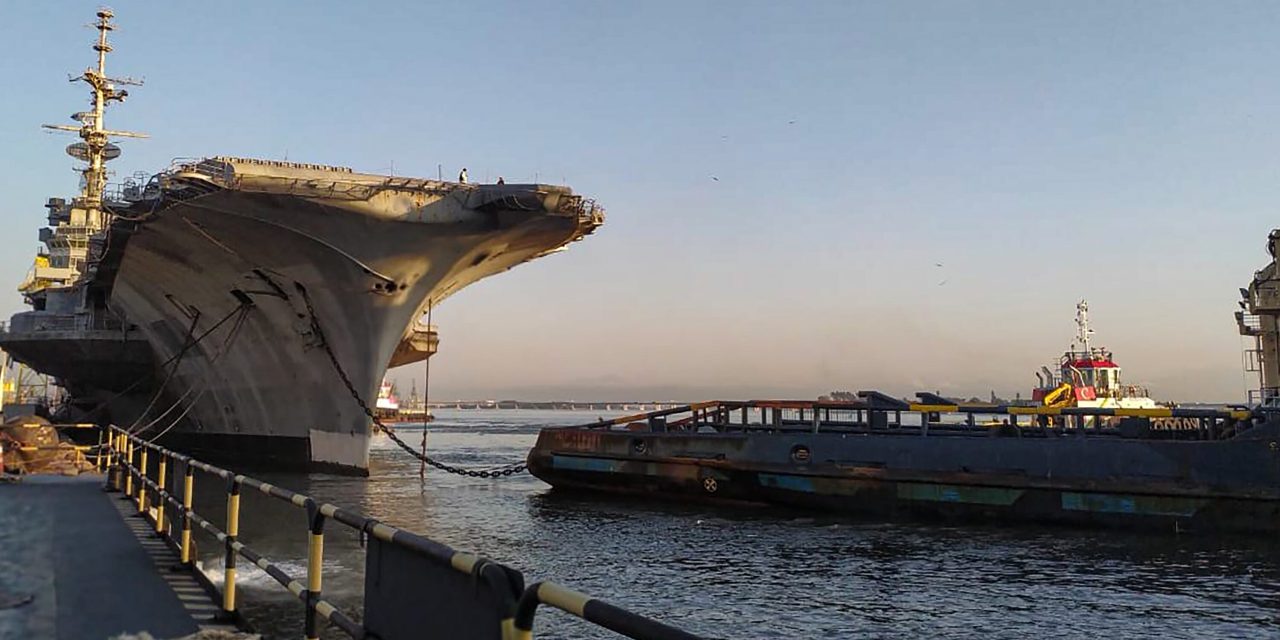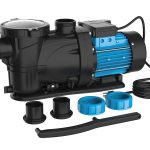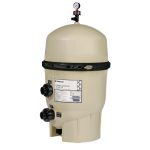Buoyancy works on a boat by creating an upward force that opposes the weight of the boat in water. This is due to the density of the boat being less than the density of the water it displaces.
As a result, the boat floats on the surface of the water rather than sinking. Buoyancy is a fascinating phenomenon that allows boats to float on water despite their weight. Boats, whether they are large ships or small vessels, rely on the concept of buoyancy to stay afloat.
But how exactly does buoyancy work on a boat? We will explore the mechanics behind buoyancy and how it enables boats to float effortlessly on water. We will delve into the principles of density and displacement, and understand why the density of the boat’s material and the water it displaces play a crucial role in determining its buoyant force. So, let’s dive deeper into the world of buoyancy and unravel the mysteries of how it works on a boat.
The Archimedes Principle
Boats float on water because of the principle of buoyancy, which can be explained by the Archimedes Principle. This principle states that when an object is placed in a fluid, it experiences an upward force equal to the weight of the fluid it displaces.
This is why boats, which are hollow and filled with air, can float. The air inside the boat is less dense than water, so it provides the buoyant force that counteracts the weight of the boat. As long as the total density of the boat, including everything inside it, is less than the density of the water it displaces, the boat will float.
This is why even heavy ships can float on water, as long as their density is lower than that of the water. Understanding the relationship between buoyancy and weight is crucial for comprehending how boats stay afloat.
Determining Fluid Displacement
Buoyancy is the term used to describe the upward force that counteracts the weight of an object when placed in water. This principle applies to boats as well. Determining fluid displacement is crucial in understanding how buoyancy works on a boat.
By measuring the amount of fluid displaced, we can calculate the volume of water or other fluids that the boat displaces. Converting volume to weight is another important step. This helps us understand how the weight of the boat is supported by the buoyant force.
The principle of flotation is at play here, as the boat will float when the weight of the boat is less than the weight of the fluid it displaces. By following these principles and understanding how ships use buoyancy, we can grasp the concept of how boats float on water.
The Principle Of Flotation
Buoyancy is the force that allows boats to float on water. The principle of flotation, also known as Archimedes’ principle, explains how objects can either float or sink. Objects float when the density of the total volume, including the air inside the boat, is less than the density of the water it displaces.
This buoyant force pushes the boat upward, counteracting the weight of the boat. On the other hand, if the object’s density is greater than the density of water, it sinks. To demonstrate this principle, you can conduct a simple experiment by placing a brick in water.
Due to its high density, the brick sinks. Understanding buoyancy is crucial for ship and boat design, ensuring they stay afloat even when loaded with heavy cargo.
Buoyancy On Ships
Buoyancy on ships is a fascinating concept that plays a crucial role in their ability to float and stay afloat. How ships utilize buoyancy is closely tied to the displacement of water by the ship itself. When a ship is placed in water, it displaces a certain volume of water equal to its own weight.
This displaced water exerts an upward force on the ship, known as buoyant force, which counteracts the downward force of the ship’s weight. As a result, the ship floats on the surface of the water. The key to a ship’s buoyancy lies in ensuring that its overall density is less than that of the water it is floating in.
By carefully managing the weight distribution and design of a ship, naval architects and engineers are able to achieve this delicate balance and create vessels that are buoyant and seaworthy.
The Plimsoll Line
Buoyancy is the upward force that counters the weight of an object in water. This force allows boats to float. The air inside a ship is less dense than water, which contributes to its buoyancy. For a boat to float, the average density of the ship and everything inside it must be less than the same volume of water.
If the object’s density is less than that of water, it will float. On the other hand, if the density is greater, the object will sink. The concept of buoyancy is vital in ensuring ship safety and stability. Understanding the significance of the Plimsoll Line, which indicates the maximum safe load, is crucial for maintaining the balance of a boat and preventing it from sinking.
Density And Buoyancy
Density and buoyancy are closely intertwined concepts that explain how objects, including boats, float on water. The key to understanding buoyancy lies in the concept of density. Density refers to the amount of matter packed into a given volume. When an object is submerged in a fluid, such as water, it displaces a volume of that fluid equal to its own volume.
If the object’s density is less than the density of the fluid, it will experience an upward force called buoyancy, which allows it to float. This is because the fluid exerts a greater pressure on the bottom of the object than on the top, resulting in a net upward force.
On the other hand, if the object’s density is greater than the fluid’s density, it will sink. In the case of a boat, the density of the boat’s hull and other components must be carefully designed to ensure that it is less than the density of water, allowing it to float effortlessly.
Buoyant Force And Floating
Buoyancy is a fascinating concept that plays a crucial role in the floating of boats. The buoyant force, which is exerted by a fluid on an immersed object, helps a ship stay afloat. This force pushes the object upwards, allowing it to overcome its weight and float on the water’s surface.
The key factor in determining whether an object will float or sink is its density. If the object’s density is less than that of the fluid it is immersed in, it will float. Conversely, if the object’s density is greater than the fluid’s density, it will sink.
Additionally, the shape and size of the object also influence the buoyant force. By understanding the principles of buoyancy, engineers, and designers can create ships that can effortlessly navigate through water bodies.
The Role Of Weight In Floating
Buoyancy allows boats to float on water because of the relationship between weight and volume. The concept of buoyancy is governed by Archimedes’ principle, which states that an object immersed in a fluid experiences an upward force equal to the weight of the fluid displaced.
This means that the weight of the boat is counteracted by the buoyant force exerted by the water. Even heavy ships can float as long as the weight of the ship, including its contents and the air inside, is less dense than the water it displaces.
The buoyant force pushes the ship upwards, preventing it from sinking. If the ship’s density is greater than that of the water, it will sink. Thus, a ship’s ability to float is a result of the balance between its weight and the buoyant force acting upon it.
The Science Behind Floating
Buoyancy is the upward force that counteracts the weight of an object in water. For a boat to float, it must displace a volume of water equal to its weight. The key factor in determining whether an object will float is its average density compared to that of water.
If the average density of the boat, including the air inside it, is less than the density of the water, it will float. The buoyant force pushes the boat upwards, keeping it afloat. On the other hand, if the object’s density is greater than that of water, it will sink.
Understanding the principles of buoyancy is essential in boat design and ensures safe navigation on water.
Frequently Asked Questions Of How Does Buoyancy Work On A Boat
How Does Buoyancy Make A Boat Float?
Buoyancy allows a boat to float by creating an upward force that opposes the weight of the boat. The density of the boat and everything inside it, including the air, must be less than the same volume of water for it to float.
How Do Boats Achieve Buoyancy?
Boats achieve buoyancy because the air inside the boat is less dense than water, making it float.
How Do Boats Float On Water Density?
Boats float on water because the air inside them is less dense than water, making the total density of the boat and its contents lower than that of the same volume of water. This buoyant force keeps the boat afloat.
How Does Ship Float In Water Although It Is Heavy?
Ships float in water because of buoyancy. The buoyant force pushes the ship upwards, allowing it to float even though it is heavy. The ship’s density must be less than that of water for it to float.
How Does Buoyancy Work On A Boat?
Boats float due to the principle of buoyancy, which states that the buoyant force exerted on an object in a fluid is equal to the weight of the fluid displaced by the object.
Conclusion
To understand how buoyancy works on a boat, it is important to recognize that buoyancy is an upward force that opposes the weight of an object placed in water. This force allows the boat to float instead of sinking. The concept of buoyancy is based on Archimedes’ principle, which states that the buoyant force is equal to the weight of the fluid displaced by the object.
When a boat is placed in water, it displaces an amount of water equal to its weight. This displacement creates an upward force that counteracts the weight of the boat, allowing it to stay afloat. The boat floats because the average density of the boat and everything inside, including the air, is less than the density of the water.
Understanding buoyancy is crucial for boat designers and engineers as it helps them ensure the stability and safety of the boat. By applying the principles of buoyancy, they can design boats that can support their intended load and navigate through various water conditions.
Buoyancy plays a vital role in how boats float. The upward force it creates allows boats to overcome the downward force of their weight and stay afloat. By understanding how buoyancy works, we can better appreciate the design and engineering principles that make boats a reliable and efficient mode of transportation on the water.

















